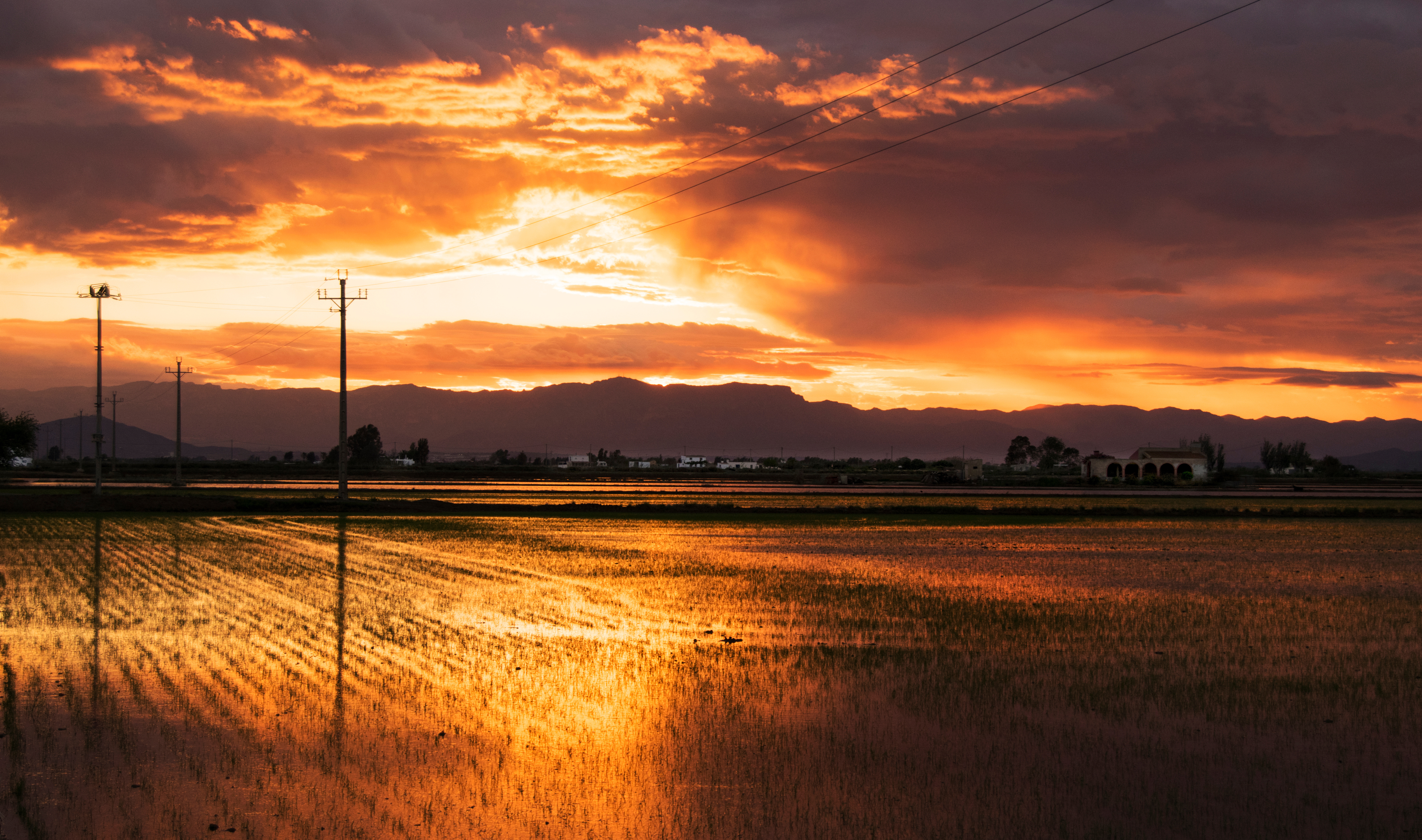Hello, nice to meet you here!
How can we help you?

Did you know that Buda Island is the largest island in Catalonia? With an area of 1,400 hectares and about 5 km, it plays a fundamental role in the ecosystem of the Ebro, since all the ecosystems of the Delta are represented, such as lagoons, rice fields, riverbanks...
The island began to form naturally just over three hundred years ago, in the early twentieth century, and came to work more than 5,000 day laborers, but by the fifties the activity on the island declined rapidly.
Its name has nothing to do with Buddhist ideology, but derives from a typical plant of the lagoons, the bulrush.
A large ecosystem
Buda Island is a marine island on the Ebro River and forms one of the best preserved wetlands in Spain. It is located at the eastern end of the Ebro delta, specifically in the village of Sant Jaume de Enveja, in the Montsià region.
It is an island of alluvial origin, as it has been formed by the sediments left by the Ebro River at its mouth. It is shaped like an inverted triangle and is surrounded by the two arms of the river, the Levante gorge, which separates it from the island of Sant Antoni, and the Migjorn gorge. The island of Buda offers a natural setting of peace and tranquility, unique and unparalleled, a landscape of great biological richness that brings together the most important communities of waterfowl in Catalonia. Undoubtedly, a treasure within the Terres de l'Ebre.
The wetlands are full of a large number of waterfowl that use this place to nest, hibernate, migrate and collect before and after the birth of their young.
Private property
The whole island is privately owned, one part belongs to the Department of Environment and Habitat of the Generalitat de Catalunya, and the other part belongs to the same family since 1924. The main house is one of the oldest in the Delta and has been refurbished as rural tourism accommodation.
In addition to being a special and unique space in many ways, it also offers tourists a place of relaxation and above all peace. With low-impact tourism management, the aim is to educate the community about the excellence of Buda Island and its surroundings.
St. Peter's pilgrimage
For St. Peter's Day, at the end of June, a pilgrimage is organized from Sant Jaume to Buda. One of the best ways to get there is to follow the so-called Ruta de la Angula, an hour and a half walk along the old towpath. The route starts at the Lo Passador bridge and goes along the river to the island of Buda. In the small monastery of Sant Pere, already in the interior of the island, the pilgrimage culminates with a mass.It is said that when the famous Catalan writer Josep Maria de Segarra was invited to spend three days on Buda, he was so enamored of the island's customs, birds and nature that he wrote this poem:
In this slippery existence,
in which less is gained than lost,
with the soul a if it is half lying down,
I want to close my eyes and daydream,
in the opulence of Buddha's country,
where the water is smooth and the rice is green...
...Buddha's night, better than night of roses
you know how to provoke the deepest sleep,
Buddha, mystery, hooligans on the forehead,
and no hindrances!
If it were not these simple things,
what would it be worth to have come into the world?
Josep Maria de Segarra (1945)
in which less is gained than lost,
with the soul a if it is half lying down,
I want to close my eyes and daydream,
in the opulence of Buddha's country,
where the water is smooth and the rice is green...
...Buddha's night, better than night of roses
you know how to provoke the deepest sleep,
Buddha, mystery, hooligans on the forehead,
and no hindrances!
If it were not these simple things,
what would it be worth to have come into the world?
Josep Maria de Segarra (1945)

